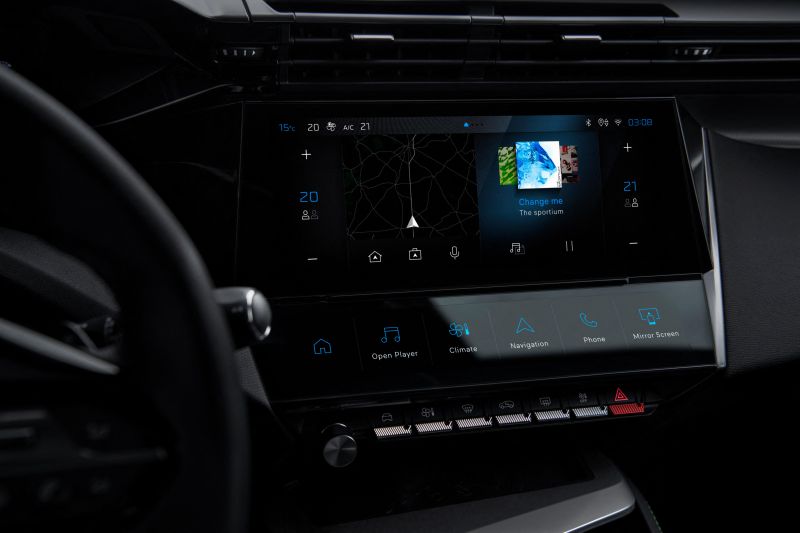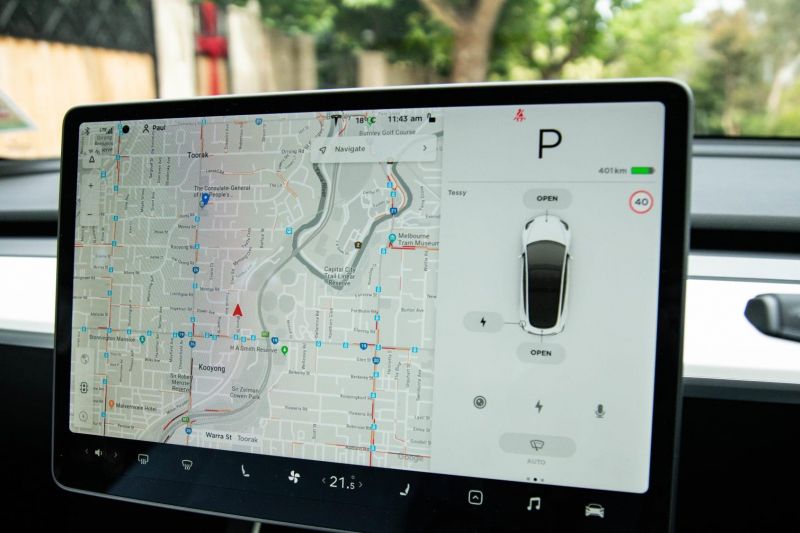The automotive industry has witnessed a dramatic shift from physical to digital controls over the past decade. As vehicles become more high-tech and resemble our personal devices like smartphones and laptops, the question emerges – are touchscreens really better than traditional knobs and buttons? This debate isn’t about mere aesthetics but encompasses user preference, safety, and the seamless integration of ever-evolving technology.

The argument for physical controls
Physical controls, like knobs and buttons, offer a familiar, tactile experience. Their position remains fixed, allowing the driver to memorize their locations, developing what’s called ‘muscle memory.’ With time, the driver can adjust the air-conditioning or change the radio station without taking their eyes off the road.
Physical controls offer consistency, a sense of certainty. They also provide carmakers with a unique opportunity to differentiate themselves, imbuing their interiors with a specific look and feel. For example, Audi is known for its satisfying ‘clicking’ sound when using interior buttons, while Bentley’s optional ‘Diamond Knurling’ specification adds a touch of luxury to its cars’ controls.
However, the convenience and familiarity of physical controls come with a potential downside – clutter. With an increasing number of adjustable settings and functions, dashboards risk becoming overpopulated with knobs and buttons, as seen in older Porsche Macan and Panamera models.
The case for touchscreen controls
On the other end of the spectrum, touchscreen controls provide a sleek, modern look reminiscent of our favorite digital devices. By integrating various controls within one central display, designers can create clean, uncluttered interiors. The Volkswagen Golf Mk8 stands as an excellent example of how touch controls can streamline interior design.
In addition to aesthetic benefits, touchscreens open up opportunities for innovative functions. The ‘smart’ climate control feature in new VW models, offering presets like ‘warm feet’ and ‘clear windows’, wouldn’t be possible with conventional knobs and buttons.
However, the primary challenge with touchscreen interfaces is the lack of a physical reference point, which can divert the driver’s attention from the road. This issue is often magnified by poor user interface design or slow system response times.
Tesla has tackled this problem effectively, pairing a fast CPU with a user-friendly interface that has key controls in a fixed position for easy access. This setup shows how touchscreens, when implemented correctly, can deliver an excellent user experience.

The middle ground: Combining physical and touch controls
Some automakers have opted for a hybrid approach, blending physical and touchscreen controls. Volkswagen’s facelifted models, for instance, feature a ‘touch slider’ concept for air-conditioning controls. Similarly, Volvo integrates climate controls within a touchscreen, retaining a knob for volume and music control. Mercedes-Benz’s latest models also adopt this approach, incorporating key controls within a large touchscreen.
The future of car controls: Voice Assistance
As voice assistant technology advances, the debate over physical versus touchscreen controls may become redundant. In-built Google Assistant in Polestar models and Siri or Google Assistant functionality in Apple CarPlay and Android Auto are indicative of this trend. Voice assistants can provide a safe and intuitive way to operate car controls, perhaps pointing toward the future of vehicle user interfaces.
Our Take
As the debate over physical versus touchscreen controls continues, one thing is clear – there’s no ‘one-size-fits-all’ answer. Manufacturers need to consider their target audience’s preferences, safety, functionality, and overall driving experience when designing their cars’ interiors.
While some drivers may prefer the tactile feedback of a knob or button, others may appreciate the modern aesthetic and multi-functionality of a touchscreen. And as voice assistants become more sophisticated, the landscape of car controls will continue to evolve, shaping the way we interact with our vehicles.
Ultimately, the goal should be to provide an intuitive, user-friendly experience that enhances driving safety and enjoyment, irrespective of whether it’s through a button, a touchscreen, or a voice command. The journey from knobs to screens in cars is more than just a shift in technology; it’s about the evolution of user experience in the automotive world.





